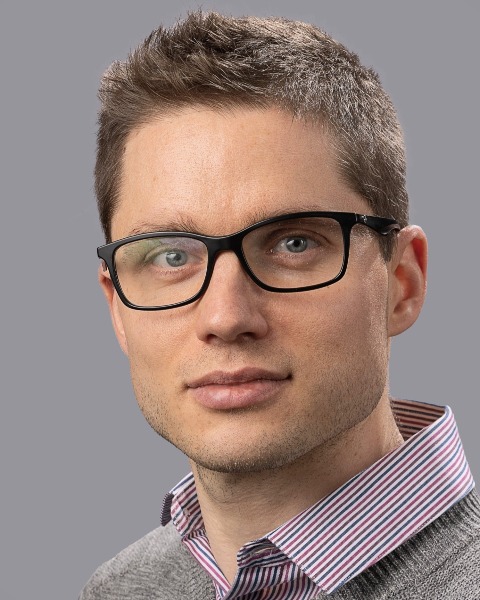General Pharmacometrics
(M-024) A Population PK-PD Model-Informed Approach to Guide Formulation Development
Monday, October 20, 2025
7:00 AM - 5:00 PM MDT
Location: Colorado A
Sven Stodtmann – AbbVie; Leyla Rezaei – AbbVie; Yinuo Pang – AbbVie; Maria Barbarossa – AbbVie; Patrick Marroum – AbbVie; Wei Liu – AbbVie

Sven Stodtmann, PhD
Director
AbbVie
Northbrook, Illinois, United States
Author(s)
Disclosure(s):
Sven Stodtmann, PhD: No relevant disclosure to display
Objectives: In the realm of small molecule development, once-daily formulations are often favored over multiple-dose regimens due to their enhanced patient convenience and commercial appeal. To develop the once-daily extended release (ER) formulation, traditional methods typically involve developing formulations with various in vitro release profiles, conducting pharmacokinetic (PK) studies in animals (such as dogs), and performing in vivo bioavailability studies, all of which can be time-consuming. The objective of this study was to apply a modeling-based approach, followed by a point-and-click R Shiny app, to facilitate and optimize the development of ER formulations.
Methods: A population pharmacokinetic/pharmacodynamic (PKPD) model was developed to describe the time course profiles of drug concentration and receptor occupancy following administrations of the existing immediate release formulation using phase 1 healthy volunteer (HV) data. The model included a flexible transit compartment model for the absorption of the drug. To incorporate the in-vitro release characteristics of a hypothetical ER formulation, the mathematical expression for the transit compartments was extended to account for release of the drug in a fixed number of subsequent constant release rate phases. Leveraging this model, an R Shiny app was developed to facilitate rapid exploration of many scenarios with different release profiles, where the input consisted of dose and release rates from in-vitro release profiles of various ER formulations and the outputs generated were the PK and PD profiles. The R Shiny app was also used to generate target release profiles with desired PK characteristics to guide formulation development.
Results: Different prototype formulations were chosen based on the model, with sufficient differentiations in release profiles using the similarity and dissimilarity factors (F1 and F2) to compare test formulations across different pH media. Results from a Healthy Volunteer biostudy where these prototypes were evaluated showed that successful selection of prototypes with targeted safety and pharmacodynamic profiles was achieved, eliminating the need for further biostudies. Consequently, the ER formulation would be ready for earlier introduction to clinical trials in patients, prior to Phase 3, without requiring a bioequivalence study.
Conclusion: The modeling approach reported here was used to guide formulation development, optimize the formulation screening process by reducing the number of required in vivo studies and minimizing the necessity for additional preclinical PK investigations, thereby expediting formulation development and allowing new commercially viable formulations to enter development earlier.
Citations: [1]
Keywords: transit compartment, extended release
